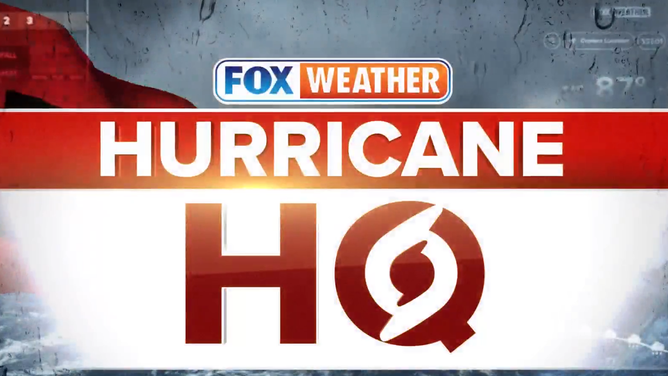Bryan Norcross: Mother Nature hasn’t completely given up on the tropics
In the southern Caribbean Sea the upper winds are light. The pattern would be conducive for something to develop except the dry air that has now made it that far south. The National Hurricane Center has the odds as very low that a system could spin up.

FOX Weather is your Hurricane HQ, streaming free 24/7.
(FOX Weather / FOX Weather)
Updated at 9:20 a.m. ET Monday
If we’re going to see a tropical system develop this late in the season, it most often happens in the southern Caribbean or in the middle of the Atlantic. The National Hurricane Center is painting a yellow blob in both places today.
Hostile upper-level winds and dry continental air dominate the atmosphere over the southeastern U.S. and the surrounding islands. In the southern Caribbean Sea, however, the upper winds are light. The pattern would be conducive for something to develop except the dry air that has now made it that far south.

An overview of the tropical Atlantic Ocean on Monday, November 20, 2023.
(FOX Weather)
The National Hurricane Center has the odds as very low that a system could spin up. If somehow it did, there is no threat of it moving north.
The more likely spot for Vincent to form is in the middle of the Atlantic. A robust non-tropical low-pressure system is forecast to be over the still-warm-enough Atlantic waters long enough that it could become at least somewhat tropical – a common occurrence late in the season. If it did form, the system wouldn’t be a threat to land.
The National Hurricane Center is giving it a medium-low chance of forming later this week.
Yesterday I said the hurricane season was likely over. For the U.S. and surrounding areas, that is almost certainly the case. But as long as the sea water is warm, these fringe cases can still pop up.